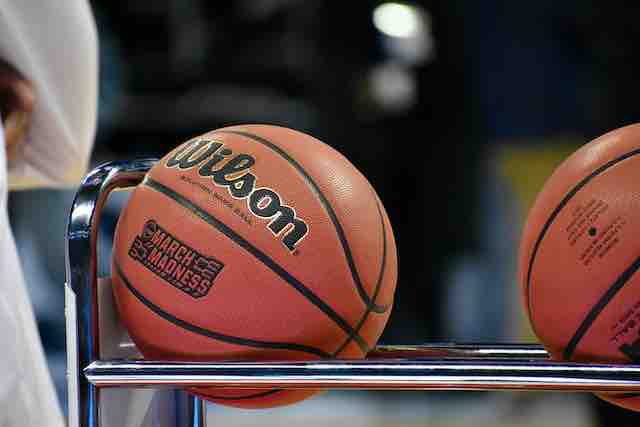The basketball world was shaken to its core when news broke about Bronny James, the promising son of LeBron James, suffering a cardiac arrest during a USC basketball practice. The incident underscored the critical need for health awareness and sports safety measures, reminding us all that no one is exempt from health risks, even young and talented athletes. In this blog post, we delve into the details surrounding Bronny’s cardiac arrest, explore sudden cardiac arrest (SCA) in sports, and advocate for increased vigilance and preventive measures to safeguard athletes’ well-being.
Bronny James, following in his father’s illustrious footsteps, was quickly becoming a rising star in the basketball world. However, his journey took an alarming turn during a routine basketball practice at USC when he suffered a cardiac arrest. Immediate medical attention was administered, and he was rushed to a nearby hospital for further evaluation and treatment.
The incident involving Bronny James has sent shockwaves throughout the sports community, prompting discussions on the importance of health screenings, preventive measures, and the well-being of athletes. Sudden cardiac arrest can occur without warning, affecting even those who appear to be in good health, emphasizing the need for proactive approaches to mitigate such risks.
Sudden cardiac arrest is a life-threatening condition where the heart suddenly and unexpectedly stops beating, leading to a disruption in blood flow to vital organs. Contrary to a heart attack, which results from a blockage in the arteries, SCA is typically caused by an electrical malfunction in the heart. This condition is often fatal if immediate medical attention is not provided.
Preventive Measures and Sports Safety:
In the wake of Bronny James’ cardiac arrest, it is essential to reevaluate the safety measures in place for athletes at all levels of competition. Here are some crucial steps that can be taken to promote sports safety and protect the well-being of athletes:
Mandatory Cardiac Screenings: Implement regular and comprehensive cardiac screenings for athletes, including electrocardiograms (ECGs) and echocardiograms. Identifying potential heart abnormalities can help prevent sudden cardiac events.
Emergency Preparedness: Ensure that all sports facilities have well-equipped medical personnel and the necessary life-saving equipment, such as automated external defibrillators (AEDs). Immediate access to these tools can make a life-saving difference.
Athlete Education: Raise awareness among athletes, coaches, and support staff about the signs and symptoms of cardiac issues. Encouraging a culture of reporting any concerning symptoms can lead to early detection and intervention.
Physical Conditioning: Emphasize the importance of maintaining optimal physical health through proper conditioning and training techniques. A well-monitored exercise routine can reduce the risk of cardiac events.
Rest and Recovery: Encourage athletes to prioritize rest and recovery to prevent overexertion, which can place undue stress on the cardiovascular system.
Bronny James’ cardiac arrest during a USC basketball practice has brought the critical issue of athlete health and safety to the forefront. It serves as a stark reminder that proactive measures, including regular cardiac screenings and emergency preparedness, are essential to protect athletes from sudden cardiac events. As fans, players, and sports enthusiasts, we must unite to advocate for improved health awareness and sports safety to ensure a healthier future for all athletes, regardless of their fame or skill level.










